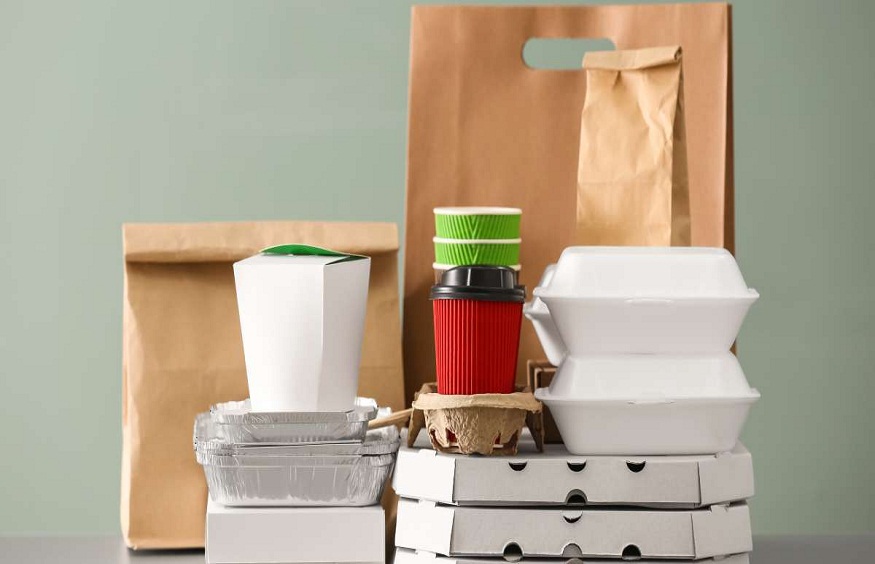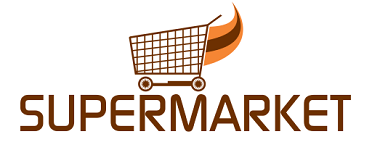 Gaining importance in today’s busy life, food packaging plays a vital role in preserving the quality as well as freshness of food products and environmental concerns are also up and coming. Specialized food packaging suppliers or firms specializing in food packing box, containers, and flexible packaging are the most innovative as they provide means to preserve food products as well as effectively decrease unfavorable effects on the environment. To that end, this post examines how these suppliers are enhancing the freshness of the products they sell and assisting the food industry in their bid to achieve sustainability.
Gaining importance in today’s busy life, food packaging plays a vital role in preserving the quality as well as freshness of food products and environmental concerns are also up and coming. Specialized food packaging suppliers or firms specializing in food packing box, containers, and flexible packaging are the most innovative as they provide means to preserve food products as well as effectively decrease unfavorable effects on the environment. To that end, this post examines how these suppliers are enhancing the freshness of the products they sell and assisting the food industry in their bid to achieve sustainability.
New Components for Enhanced Refreshment:
Due to the ever-growing demand for foods with longer shelf lives but still maintaining their quality and flavor, packaging suppliers involved in the packaging of foods are in a constant search and development of new products. The barrier characteristics of those advanced materials often obscure the food items from such external factors as light, moisture, and oxygen, which causes foods to bifurcate faster.
One such advance that has been made in this field is the use of modified atmosphere packaging. For creating the required climatic conditions favorable for the given food product, this technology also encompasses the modification of the gaseous constituency in the food package. MAP in general can severely restrict bacterial and mold growth through the reduction of oxygen content and increase of nitrogen or carbon dioxide content, both are beneficial in terms of the product’s lifespan.
The incorporation of active packaging materials is another creative strategy. These substances can release antibacterial agents, control moisture, and absorb oxygen to maintain the quality of food. Currently, natural extracts possessing antibacterial qualities are included in certain packing materials, offering an extra safeguard against spoiling without requiring synthetic preservatives.
Intelligent Packaging Systems:
How food freshness is preserved and tracked has completely changed with the advent of smart packaging technologies. Suppliers of packaging are now able to track the freshness of items in real-time for retailers and customers by including sensors and indications in their designs.
A type of this technology is time-temperature indicators or TTIs. These tiny labels react differently to temperatures outside of the allowed range or flash a warning when a product is exposed to them for an extended period. This keeps food safe by warning consumers about possible spoiling in addition to helping to maintain product quality.
Utilizing NFC tags or QR codes on packaging is another creative idea. These can be scanned with a smartphone to display comprehensive details, such as storage guidelines and expiration dates, regarding the product’s journey from farm to shelf. Increased inventory control and decreased food waste in the supply chain are two benefits of this degree of openness for consumers.
A zero-waste option for some food goods is being provided by some creative suppliers who are even creating edible packaging from materials like milk proteins or seaweed.
For flexible packaging suppliers, recyclable materials are still another important area of concern. Because single-layer materials are simpler to recycle than multi-layer packaging, several companies are revamping their goods to use them. For example, it is more efficient to recycle flexible pouches made entirely of polyethylene than those that include multiple plastics or materials.
Streamlining and Cutting Down on Materials:
One simple yet efficient technique to improve sustainability is to use less material in packaging. To accomplish this without sacrificing product safety, food packaging suppliers are using a variety of strategies.
The utilization of stronger yet thinner materials is one strategy. Suppliers may now provide packaging with reduced plastic usage while preserving or even enhancing barrier qualities thanks to advances in material science and advanced production technologies. The reduced weight results in cheaper transportation costs and emissions, in addition to a smaller environmental impact.
A different tactic is to create food products that are dehydrated or condensed and need less packaging. Suppliers can save container size and material usage dramatically by eliminating water content at the point of sale and enabling customers to rehydrate products at home.
Packaging that is Refillable and Reusable:
Certain vendors are creating reusable and refillable packaging systems to get away from single-use packaging. By using packaging numerous times before recycling it, these solutions seek to establish a circular economy model.
For dry goods and household necessities, in particular, long-lasting food packaging containers with many uses are growing in popularity. Remarkably reducing waste, some creative businesses are going so far as to introduce deposit systems where customers return packaging to be cleaned and replaced.
Suppliers are developing designs that readily divide into distinct material components for products that, for hygienic reasons, need to be packaged in disposable containers. Customers now find it simpler to discard and correctly sort the packaging after each usage.
Working together with stakeholders and educating customers:
Increasing product freshness and sustainability requires more than just using cutting-edge materials and designs, as food packaging suppliers are aware of. Working together with different food sector players and educating customers are also necessary.
To better inform customers about how to recycle or dispose of the materials, several suppliers now clearly provide recycling instructions on their packaging. To enhance recycling infrastructure and procedures, some are going one step further and forming partnerships with recycling centers and municipal governments.
Cooperation is also essential with food makers. Packaging suppliers may create custom solutions that satisfy particular product specifications and support sustainability objectives by collaborating closely with their clients. More comprehensive solutions that take into account the complete lifecycle of the product and its packaging are frequently produced by this cooperative approach.
Conclusion:
As a result, sustainable and fresh food packages are coming into the market through the usage of enhanced innovative materials, fulfillment of great technological features, and development of eco-friendly designs by those firms operating in the food packaging industry. These vendors shall remain at the forefront of developing sustainable solutions for food preservation while at the same time protecting the environment as the awareness level of the consumers increases and the laws being enacted become stringent.
Future of food packaging However, Players in the food packaging sector need to cooperate continually in the food packaging sector to develop new and innovative ways of packaging. Packaging providers may positively enhance a system with fresh, high-quality foods using advanced technology, environment-friendly materials, and energy, system, and Circular Economy models. Food packaging has emerged as a candidate for determining the future of food delivery and consumption more sustainably due to increased tension between manufacturers and consumers as well as governments.


